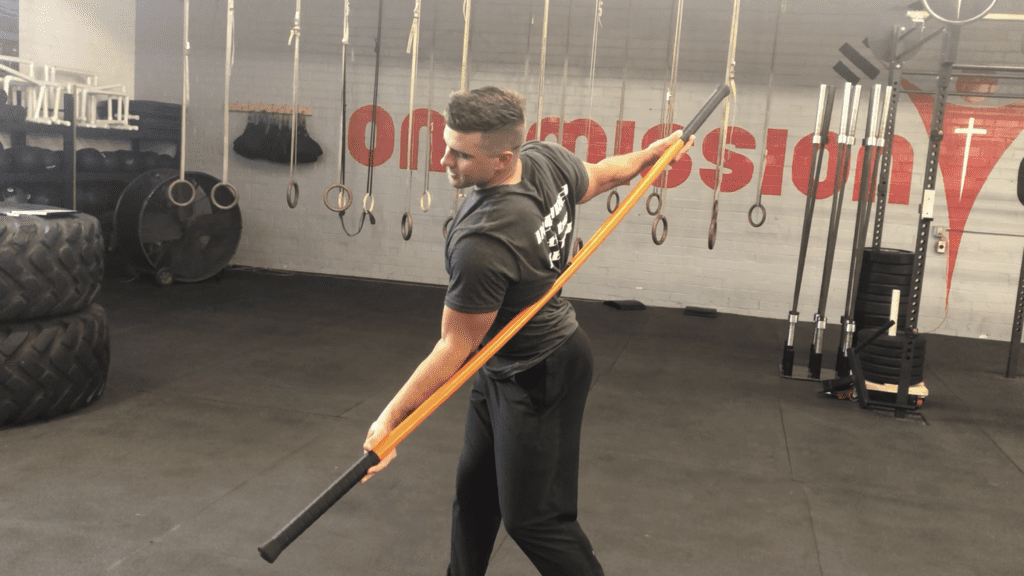Training Movement Patterns Rotational Training and Lunging

Rotation
Rotational training should play a role in everyone’s routine. Rotation is present in nearly every sport, short of powerlifting and weightlifting. We engage in “rotational” movements every day as a regular part of our lives. Rotational training enables us to stay athletic and avoid becoming too rigid. Rotational movements are combinations and always incorporate squatting or hip hinging, as well as either pushing or pulling movements. In an underhand rotational medicine ball toss, the athlete uses squatting forces when transferring energy from the ground through his/her legs and into his/her core. The athlete then “pulls” his/her hips into rotation, the arms follow, and the ball is released. Rotational training is essential for athletes and is a fantastic tool for fitness enthusiasts to increase coordination and athleticism. Here are some important principles to follow:
1) Posture – Maintain a big chest and a flat lower back. Don’t slouch!
2) Use the Legs – Transfer weight from trail to lead leg as you rotate.
3) Sequence the Body – Feel energy work from the ground up or from your hands to the ground on chopping movements.
There are many tools we can use for rotational training and coordination. Medicine balls and cables both work as great resistance tools; however, many don’t consider that swinging a golf club or throwing a ball is also a form of rotational training. The point is to include rotational activities as a part of your training so that we maintain the ability to apply force into an object by generating energy from the ground and transferring it across and through our body.
Lunging
If you are any type of athlete, runner, or exercise enthusiast, lunging is a key movement pattern for obvious reasons. This is a fantastic way to load the posterior chain and develop single-leg strength, power, and stability. Here are a few things to focus on:
1) Keep knee in line with the toe
2) Maintain perfect posture
3) Let the knee push over the toes (in a deep lunge)
4) Keep front heel down.
In a way, this is like a single-leg squat. Similarly, we can load weight in our front or back. Our lunge variations include walking lunges, step-back lunges, step ups, side lunges, etc. There are many variations, and all variations should be used. The gold standard is the barbell deep lunge. I prefer to load from the back with a barbell to enhance glute activation. Lunges are great as an add on to a “leg day” when we are working squatting patterns or as a primary mode of movement when we want to mix things up when training our legs. Play around with these variations, and you will find your locomotion (walking and running) stronger and more powerful.
